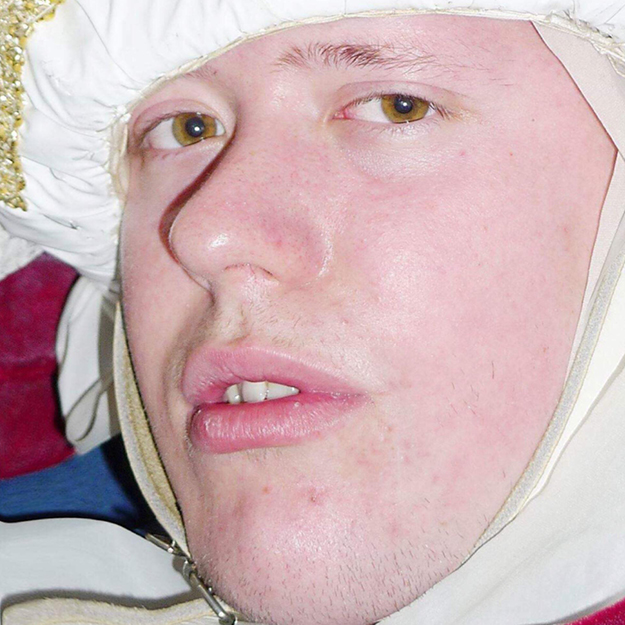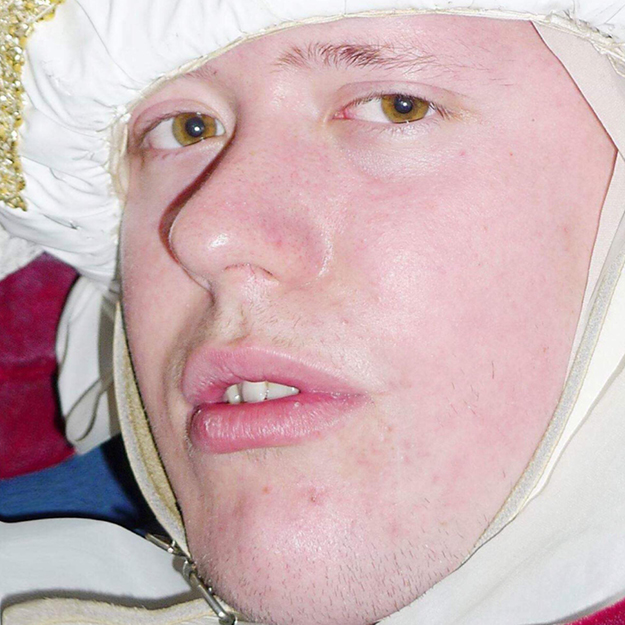
Musical performance
Get to know Benjamin better
Ghent’s finest enfant terrible Benjamin Abel Meirhaeghe (Interne 13) is widely celebrated for his solo performances, distinguished work as a theatre maker and directing. Avidly responding to nicknames such as self-proclaimed narcissist and wannabe countertenor, he relativizes and banalizes in an adolescent and self-conscious way the socials groups and world he abides in. While masterly wielding his enchanting voice as his powerful weapon, he channels critique on the thin line between witty humour and seriousness just like a (medieval) fool, and gladly lectures us about this peculiar outcast. A postmodern appraisal of the royal court, seen through the eyes of the all-knowing fool.
Meirhaeghe also participated in the Night Shift-edition at Beursschouwburg. As the mo(u)rning apotheosis he performs a scene from The Ballet, his graduation project for Performing Arts at Theatre Academy Maastricht, a reverie between the classical and contemporary narrative.
